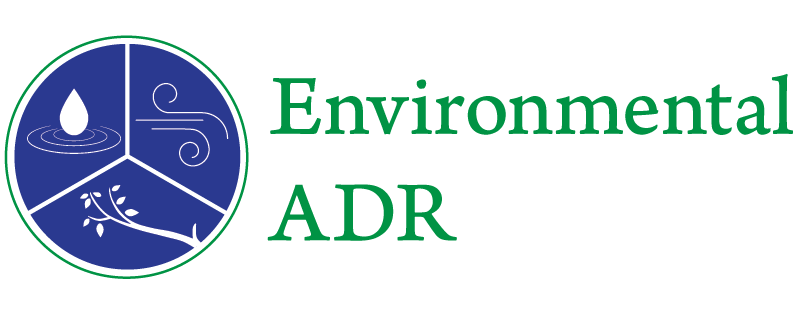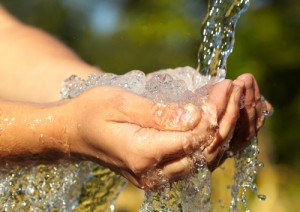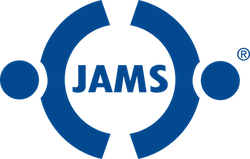 People in developed countries turn on the tap and safe drinking water flows, a dramatic health benefit they tend to take for granted. That complacency dramatically was disrupted last year when children in Flint, Michigan, started testing positive for lead poisoning and the source was traced to tap water.
People in developed countries turn on the tap and safe drinking water flows, a dramatic health benefit they tend to take for granted. That complacency dramatically was disrupted last year when children in Flint, Michigan, started testing positive for lead poisoning and the source was traced to tap water.
But Flint shouldn’t have taken anyone by surprise; in fact, water industry professionals have been sounding the alert for years.
Much of the water infrastructure in the developed world was built 70 to 100 years ago and is nearing the end of its useful life. The American Water Works Association said we have entered “the replacement era,” in which we must rebuild “the water and wastewater systems bequeathed to us by earlier generations.” Most pipes, depending on their materials and the environment in which they reside, have a lifespan of 60 to 95 years. Treatment plants’ mechanical and electric components can serve 15 to 25 years. Without prompt upgrades, we are likely to see deteriorating water quality, with more incidents of lead or arsenic poisoning and bacterial and viral contamination, and increasing numbers of leaks disrupting water service and leading to costly emergency repairs.
In 2013 the American Society of Civil Engineers gave the U.S. drinking water system a grade of D. Across the United States, 240,000 water mains burst a year, or about one every two minutes. Every year, more than 41 billion cubic yards of treated water are lost to leaks around the world — enough water to serve almost 400 million people, according to the World Bank. And although drinking water in the United States remains quite safe overall, contamination with bacteria or viruses regularly makes people sick. In 2011–2012, the nation saw 32 drinking water–associated disease outbreaks, causing 431 cases of illness and 14 deaths, according to the Centers for Disease Control and Prevention.
Upgrading the more than 1 million miles of drinking water pipes in the U.S. — along with other water infrastructure — and expanding systems to meet the needs of a growing population is projected to cost more than $1 trillion over the next 25 years, according to the AWWA. Although the financial investment required is mind-boggling, putting off upgrades can mean degraded water quality from leaky pipes or outdated treatment facilities, service interruptions and even higher costs: It’s much cheaper to prevent a leak than to fix water damage afterward in moldy buildings or buckled roads.
To perform targeted triage, new technologies — sensors, smart meters and data management platforms — are helping water managers to make informed decisions about how to allocate precious funds and stay ahead of problems.
“We preach asset management. Don’t just replace x percent of pipes a year,” said Tommy Holmes, legislative director of AWWA. “Do an analysis of your system and choose which 2 percent of pipes need to be replaced, rather than just focusing on a geographic area. You want to replace pipes on the verge of failure first.” Read More
Read the entire article at GreenBiz
This was originally published on GreenBiz written by Erica Gies



